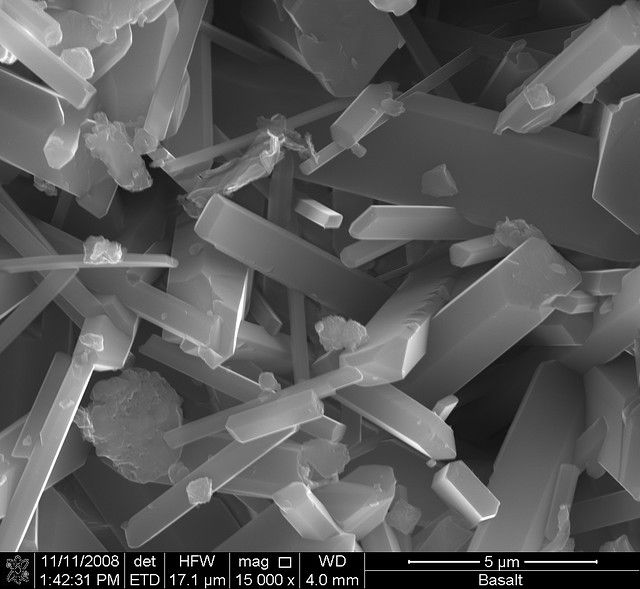-
 Kinase
Kinase
-
 Taiga
Taiga
-
 MDLP
MDLP
-
 Fistula
Fistula
-
 Etna
Etna
-
 Internal tide
Internal tide
-
 Miscible
Miscible
-
 Phenytoin
Phenytoin
-
 Hot-plug
Hot-plug
-
 Argilite
Argilite
-
 Galaxy
Galaxy
-
 Xylene
Xylene
-
 Climate proxies
Climate proxies
-
 COP
COP
-
 To iconise
To iconise
-
 Dysplasia
Dysplasia
-
 Resonance effect
Resonance effect
-
 Albinism
Albinism
-
 Diencephalon
Diencephalon
-
 Endocytosis
Endocytosis
-
 Hydroponics
Hydroponics
-
 Bathymetry
Bathymetry
-
 Segregation deposit
Segregation deposit
-
 Fundamental state
Fundamental state
-
 Cytosol
Cytosol
-
 Reunion Island ornate day gecko
Reunion Island ornate day gecko
-
 Metapopulation
Metapopulation
-
 Xerostomia
Xerostomia
-
 Database
Database
-
 Isometric
Isometric
CO2 trap
A " CO2 trap " is a term used to refer to all the mechanisms and materials able to trap the carbon dioxide in air or water.
There are two types of CO2 traps, natural traps and artificial traps.
Natural CO2 traps
Natural CO2 traps are also called carbon sinks. They rely on biochemical mechanisms (photosynthesis, calcification) and thermodynamic mechanisms (dissolution in the oceans). Geoengineering experiments try to artificially improve these carbon traps.
Artificial CO2 traps
Artificial traps are techniques used to capture and sequester CO2, that are still in the experimental phase. Several processes are being developed, some based on the properties of a material or a solvent, others on carbon dioxide separation processes.
This is the case, for example, of the MIL-101 material produced by the Lavoisier Institute (chromium terephthalate), which can capture 400 m3 of CO2 in a cubic metre of powder, or pre or post-combustion separation processes followed by compression of the produced gas.
 CO2 trapped in basalt in the form of calcite minerals. © PNNL Pacific Northwest National Laboratory CC by-nc-sa 2.0
CO2 trapped in basalt in the form of calcite minerals. © PNNL Pacific Northwest National Laboratory CC by-nc-sa 2.0
Latest
Fill out my online form.



